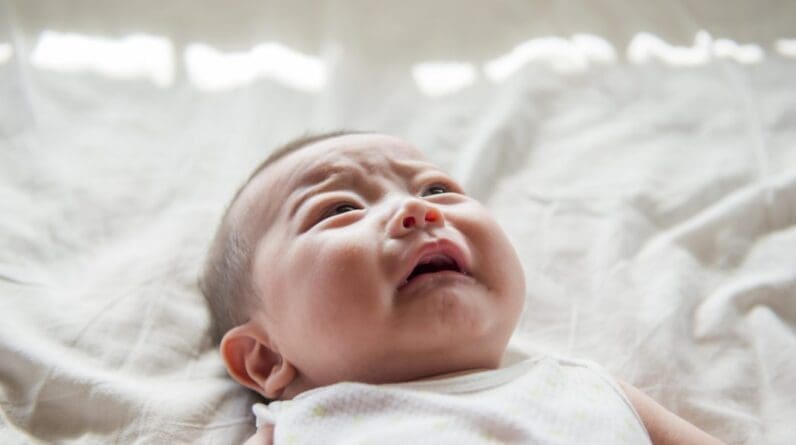
A Japanese diaper maker will produce diapers exclusively for older adults amid a steep decline in demand for infant diapers, an ill-boding reminder of Japan’s aging population.
Oji Holdings, a Japanese paper product manufacturer, announced Monday that it would cease production of disposable diapers for children in September after plummeting demand. The company’s subsidiary Oji Nepia manufactures 400 million infant diapers annually, down from its 700 million peak in 2001, BBC reported.
“The Group aims to transform its business portfolio by concentrating investments on businesses with high profitability and growth potential in order to increase corporate value,” Oji Holdings said in a statement. “The current termination of the domestic disposable diaper business for children is based on this strategy.”
In the Japanese market, adult diaper sales have outpaced baby diaper sales since 2011 because of shifts in demand. Births in the country—758,631—were down 5.1% in 2023 from the year before, Japan’s lowest number of births since the 19th century. The country’s low birth rate is due to lower fertility rates, as well as a high cost of living and a corporate culture young prospective parents deem incompatible with raising children.
The demographic changes pushed Unicharm Corp., Japan’s largest diaper producer, to make the same decision to shift to exclusively making adult diapers in 2012, Bloomberg reported. It was part of a larger pivot of Japanese companies marketing to older shoppers, who tend to spend more money. In 2011, Japanese people in their 60s accounted for 40% of the country’s consumption.
“The elderly are going to be the engine of consumption,” Shohei Murai, executive vice president of supermarket operator Aeon Co. said after Unicharm’s announcement.
A shrinking workforce
But Oji Holdings’ decision to tap into a powerful aging consumer base is a small silver lining for Japan’s cloudy and gray economy—and graying population.
Over 10% of Japan’s population is aged 80 or older as of September 2023, per the World Economic Forum, and it’s expected to shrink a quarter by 2060, the International Monetary Fund predicts. In 2023, the country’s population of 125.4 million fell by 800,000.
That’s bad news for Japan’s workforce, almost half of which is over 70, the World Economic Forum reported in 2022. A dwindling population means growing labor shortages on the horizon, including in the elderly care sector, which is predicted to increase threefold to 690,000 by 2040, according to Japan’s Ministry of Health, Labour and Welfare. Though Japan’s job-to-applicant ratio rose to 1.28—128 job openings per 100 employee prospects—the rate dwindled from the pre-pandemic rate of 1.6.
“Japan is standing on the verge of whether we can continue to function as a society,” Japanese Prime Minister Fumio Kishida said in January 2023 policy address to lawmakers. “Focusing attention on policies regarding children and child-rearing is an issue that cannot wait and cannot be postponed.”







